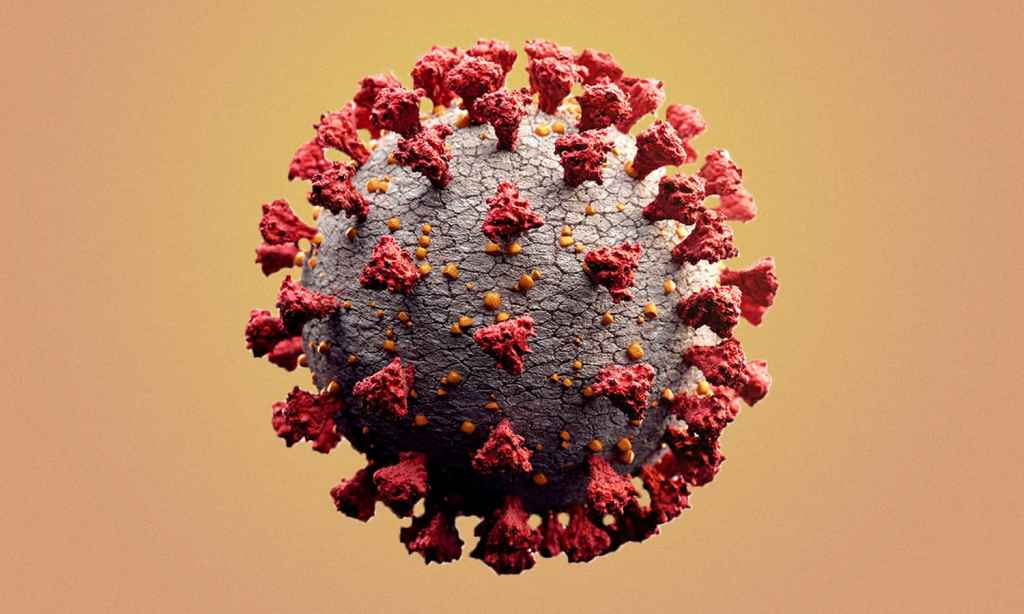It’s been a while since we’ve heard about any new COVID variants and, for many Aussies, the pandemic is appearing to wind down. Borders are opening, vaccination rates are up, and restrictions are lifting in previously-locked down states.
However, just because we are personally absolutely done with COVID does not mean that it’s done with us. New variants have emerged in recent weeks that have scientists concerned.
The first is an offshoot of the delta variant called AY.4.2 that was first identified in the UK, while the second, B.1.1.529 — which the World Health Organisation has now labelled Omicron — appears to have originated in Botswana.
Researchers are monitoring their spread closely as they move across the globe for signs that they could lead to more infections.
Here’s everything you need to know about the new COVID strains.
AY.4.2
AY.4.2 is also known as a type of ‘delta plus’ variant as it evolved from the delta strain, itself a subset of the original SARS-COV-2 virus that began the pandemic in 2019. There are currently over 75 different variations of the delta strain that have been identified as circulating around the globe and not all of them are cause for concern.
AY.4.2 is however grabbing headlines as it’s thought to account for nearly 10% of new COVID cases in the UK and has been identified as moving rapidly across Europe.
It’s so-called because it has two genetic mutations affecting its spike protein outer layer; Y145H and A222V. These mutations have both been seen in other variants, though never together. Researchers are looking into whether these changes will make the variant harder to recognise or fight by our antibodies, and early reports suggest it may be 10-15% more transmissible than the main B.1.617.2 delta variant.
Last month, the Communicable Diseases Genomics Network (CDGN) confirmed that AY.4.2 has already made its way to Australia however health authorities are not too concerned as it doesn’t appear to be causing a spike in case numbers.
The fact that this strain has emerged in places like Germany and Ireland and largely disappeared without serious consequence suggests that it’s probably not going to be a major dominant variant however there are warnings that we still need to be vigilant.
B.1.1.529 (Omicron)
The second and slightly more concerning variant is B.1.1.529, or Omicron, which has 32 different mutations in its spike protein casing.
The new variant has scientists worried because of how different it may appear to our immune systems from the original COVID-19 virus that vaccines have prepared us for.
In fact, the mutations identified in Omicron have got experts concerned that it could be a more transmissible strain of the virus than Delta, and have reduced sensitivity to antibody activity induced by past infection or vaccines, compared to how well the antibody neutralises ancestry virus.
Imperial College London virologist Dr Tom Peacock sounded the alarm about the variant by sharing its genome online, saying that the “incredibly high amount of spike mutations suggest this could be of real concern.”
He has said that B.1.1.529 “very, very much should be monitored due to that horrific spike profile”, and that he expected it “would be worse antigenically than nearly anything else about.”
The strain has been found in Botswana, South Africa, and Hong Kong and has now also made its way to Australia, bringing back the need for anyone entering the country to self-isolate for three days and prove they have tested negative for COVID-19.
The two positive cases detected in Australia were by way of two fully vaccinated and asymptomatic people who arrived in Sydney from southern Africa on Saturday, November 27. They are now in isolation in the state’s Special Health Accommodation.
“We need to learn to live alongside the virus. We also need to live alongside the various strains of the virus that will come our way,” NSW Premier Dominic Perrottet said in a press conference.
There are reports that a spike in COVID cases in South Africa may have been caused by the new strain and the country has been placed on the red list for travel restrictions by the UK. As many as 90% of new infections in the South African region of Gauteng are thought to be attributable to the new strain. Flights from the bordering nations of Namibia, Lesotho, Botswana, Eswatini, and Zimbabwe have also been blocked and Israel has also implemented the same restrictions.
Senior British scientists have described B.1.1.529 as “the worst” variant they have seen since the start of the pandemic. The Director of South Africa’s Centre for Epidemic Response and Innovation, Tulio de Oliveira, has also taken to Twitter to voice his concerns about the spread of this new strain.
This new variant, B.1.1.529 seems to spread very quick! In less than 2 weeks now dominates all infections following a devastating Delta wave in South Africa (Blue new variant, now at 75% of last genomes and soon to reach 100%) pic.twitter.com/Z9mde45Qe0
— Tulio de Oliveira (@Tuliodna) November 25, 2021
In tracking emerging variants, the WHO have placed B.1.1.529 under their “variants under monitoring” category which, so far, contains seven other strains. These are variants “with genetic changes that are suspected to affect virus characteristics with some indication that it may pose a future risk” but that requires further research.
If the strain does turn out to be as transmissible as Peacock fears, it will be upgraded to a Variant of Interest and could be dubbed ‘Nu’ in accordance with the Greek alphabetical naming protocol.
It’s worth bearing in mind that similar scares were reported about the Lambda and Mu variants which have so far turned out to not be hugely problematic.
Still, it’s a stark reminder that the pandemic could well be far from over.
Read more stories from The Latch and subscribe to our email newsletter.







